Italian Usuba made in Japanese style will allow you to be able to cut very thin slices of any vegetable. Even if you are good enough, you will not be able to perform a Katsuramuki with this utensil, because for the preparation of sashimi and other vegetable and fish dishes, it is advisable to use a flared blade such as that of the usuba. You will be able to cut 90 degrees, however, without having to correct the cut, and you will be able to sharpen its symmetrical edge blade more easily.
 This item is only for sale to people over 18 years old, if you are under 18 years old you cannot purchase it. By proceeding with your order you declare that you are of legal age.
This item is only for sale to people over 18 years old, if you are under 18 years old you cannot purchase it. By proceeding with your order you declare that you are of legal age.
86,00 €
In stock
The 18 cm Hakucho Usuba knife with olive wood handle is a high quality tool. Therefore designed specifically for the art of cutting vegetables in Japanese cuisine. “Usuba” means “thin blade” in Japanese. It is precisely this feature that makes this knife ideal for making precision cuts on vegetables, ensuring even and clean slices.
The blade of the Hakucho Usuba is made of high-carbon steel, known for its strength and ability to maintain an extremely sharp edge. This high-quality steel offers exceptional performance and ensures that the knife retains its sharpness even after prolonged use. With a length of 18 cm, the blade is designed to tackle a wide range of cutting tasks. The Usuba’s straight and wide blade is ideal for making clean cuts.
The knife handle is made of olive wood, a fine material that not only adds a touch of natural elegance, but also offers durability and resistance to wear and tear. Olive wood is chosen for its ability to resist moisture and for its natural beauty. With grains that vary from piece to piece, making each knife unique. The handle is ergonomically designed to fit the hand perfectly and provide a secure and comfortable grip during use, reducing fatigue and improving control.
The joint between the blade and the handle is perfectly balanced, ensuring ideal weight distribution. This balance allows the knife to be used with precision and ease, whether for delicate cuts or more decisive operations.
In summary, the 18 cm Hakucho Usuba knife with olive wood handle is an essential tool for those who desire excellence in cutting vegetables. With its sharp blade, elegant design, and ergonomic handle, this knife offers a superior cutting experience, combining tradition and functionality in the kitchen.
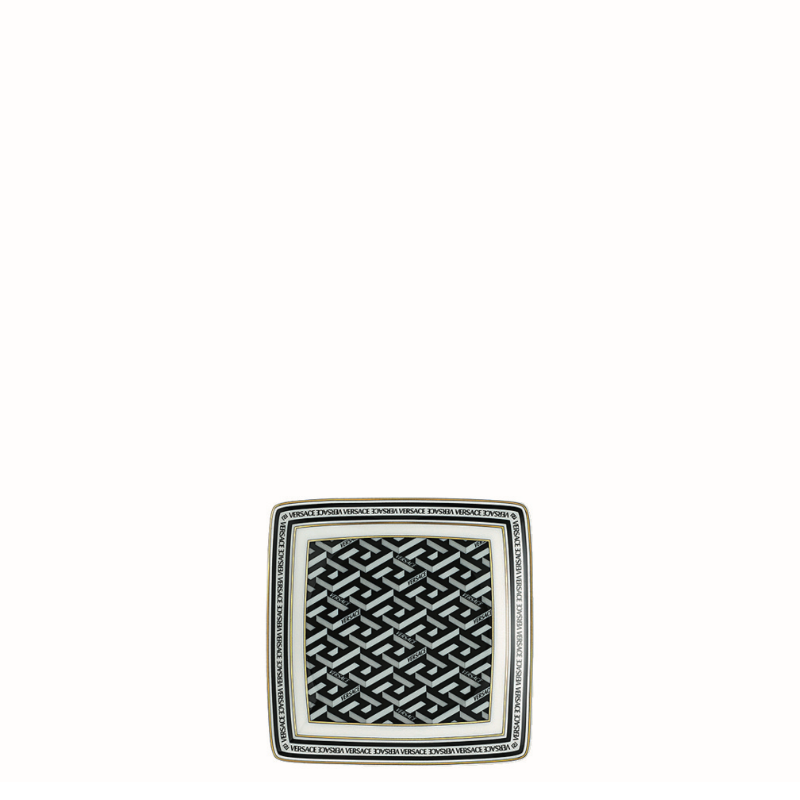
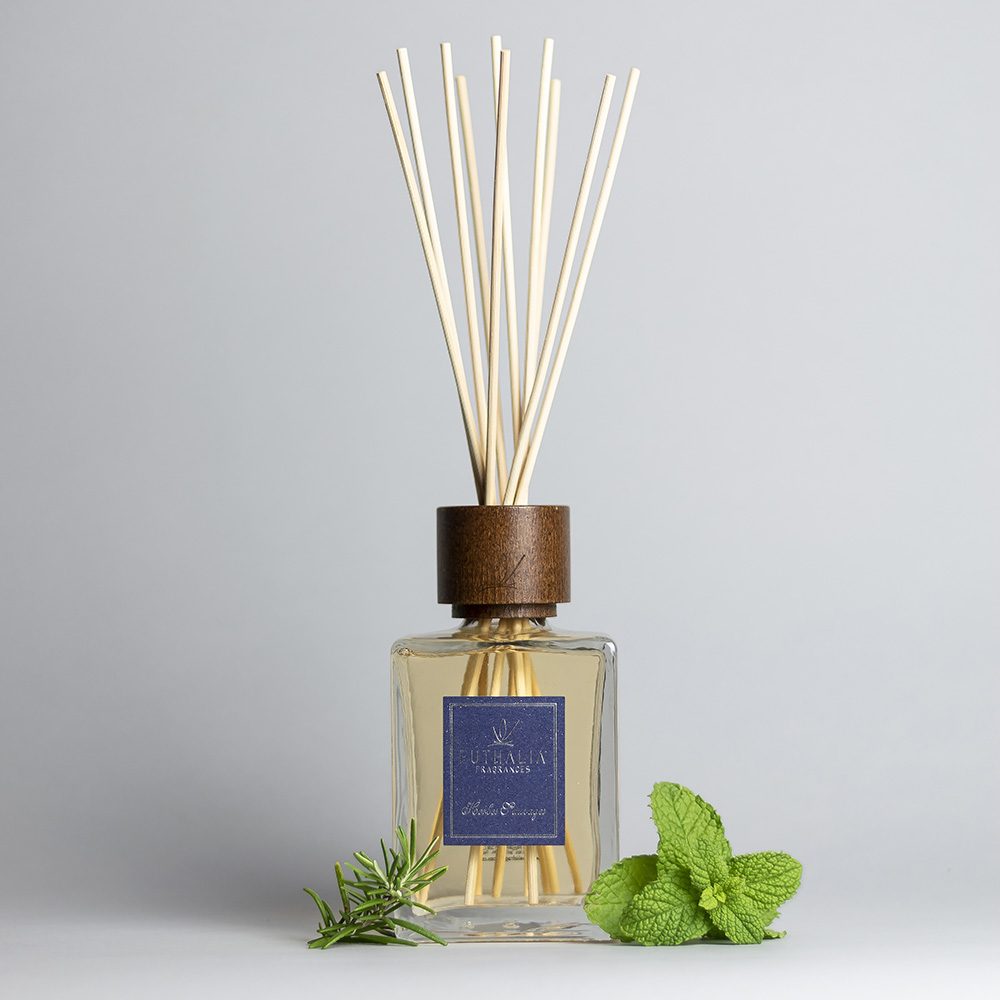
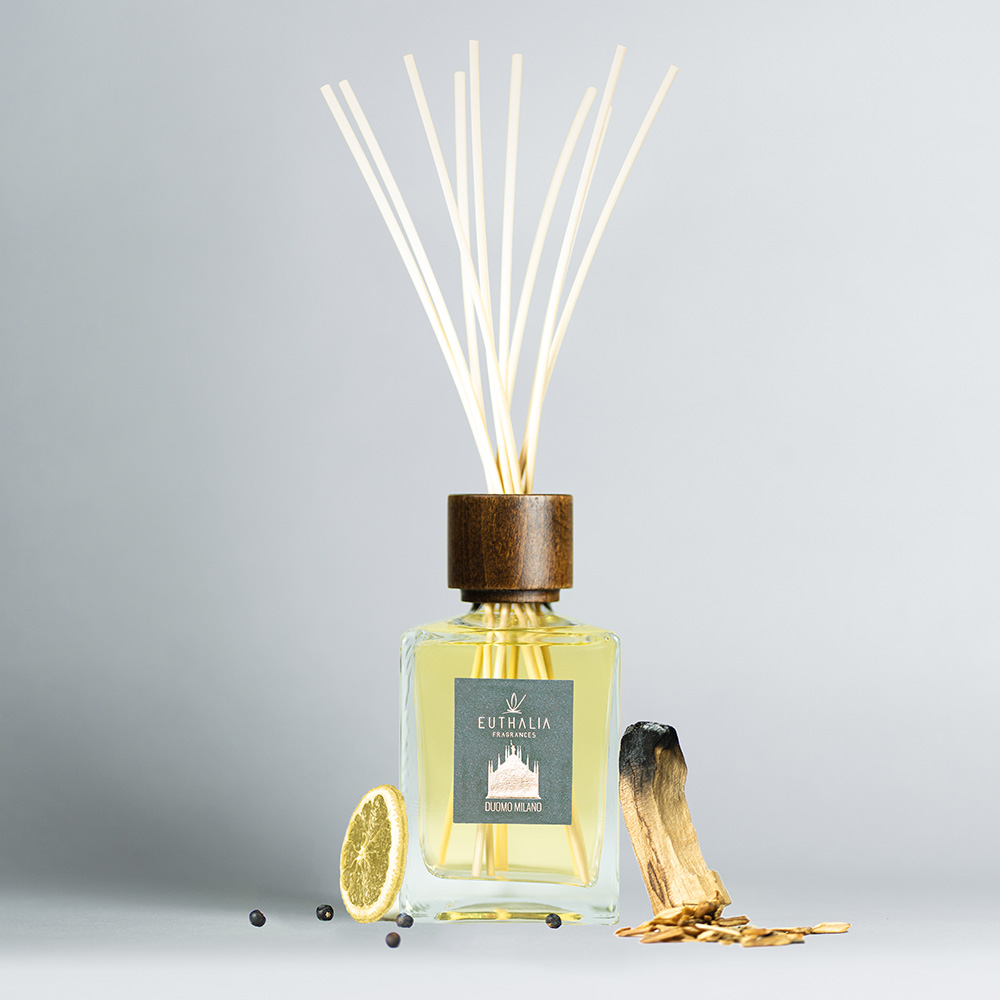
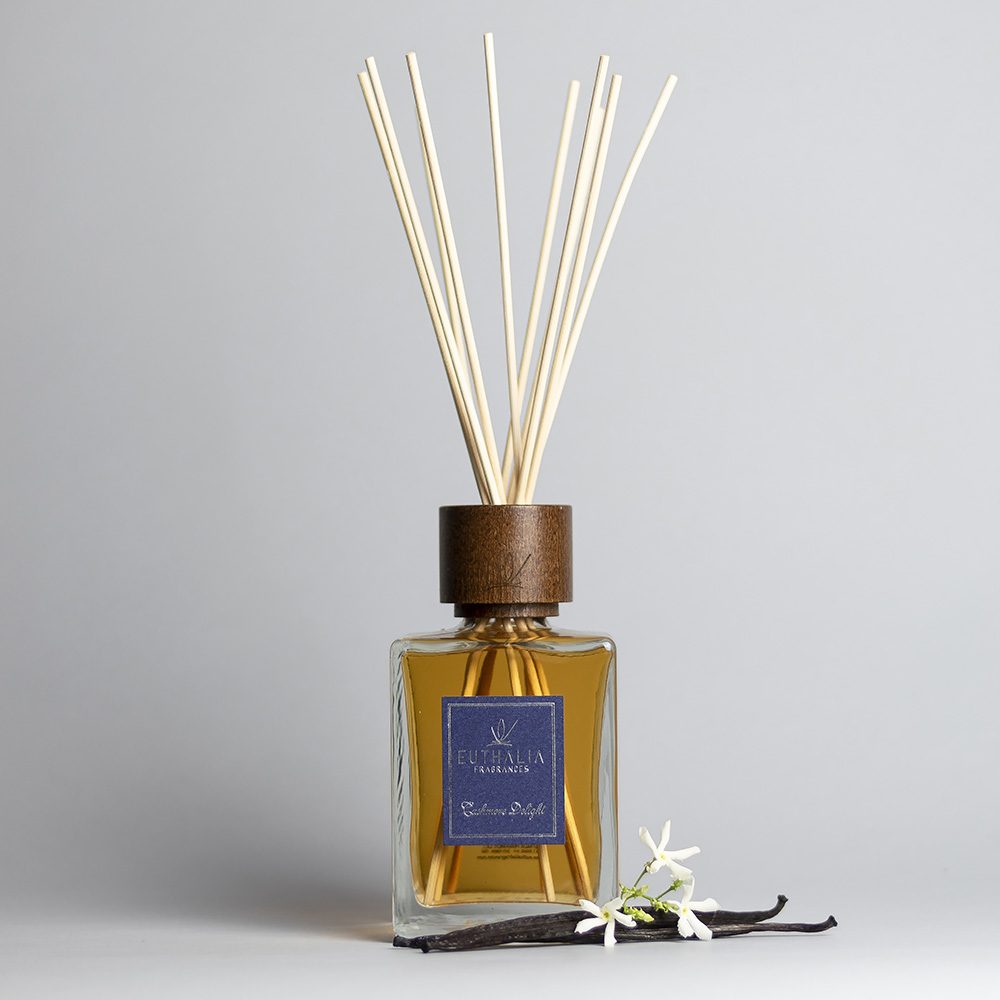
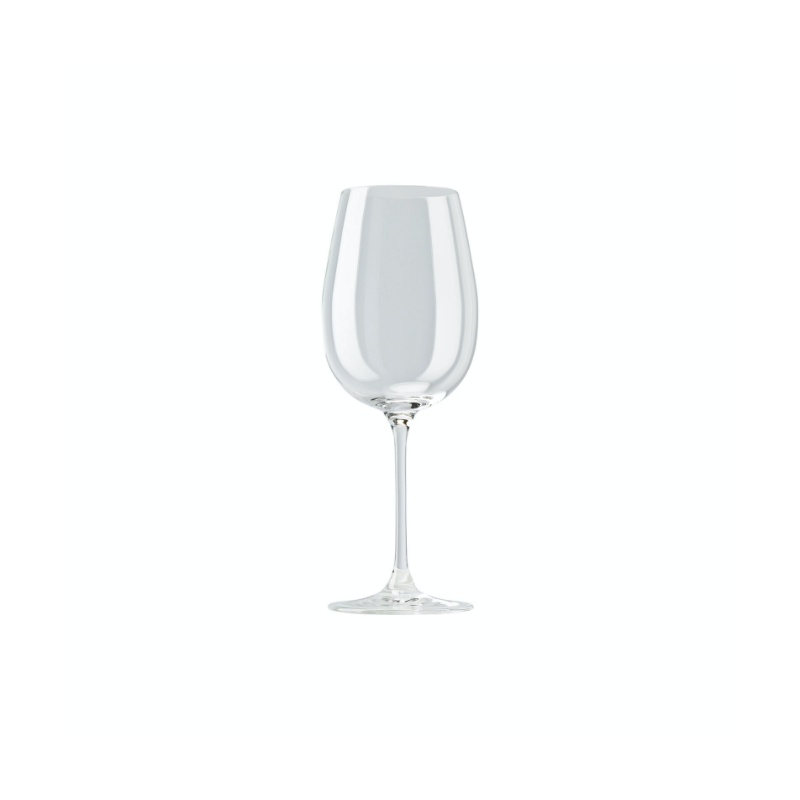
Briatore housewares and home solutions.
Hours
Tue – Sat:
08:30-12:30, 15:30-19:30
Sun – Mon:
Closed
Address: Corso Statuto, 22,
12084 Mondovi CN
Phone: +39 0174 40236
Email: ferramentabriatore@gmail.com
Copyright © 2023 Ferramenta Briatore – Powered by 00 UP